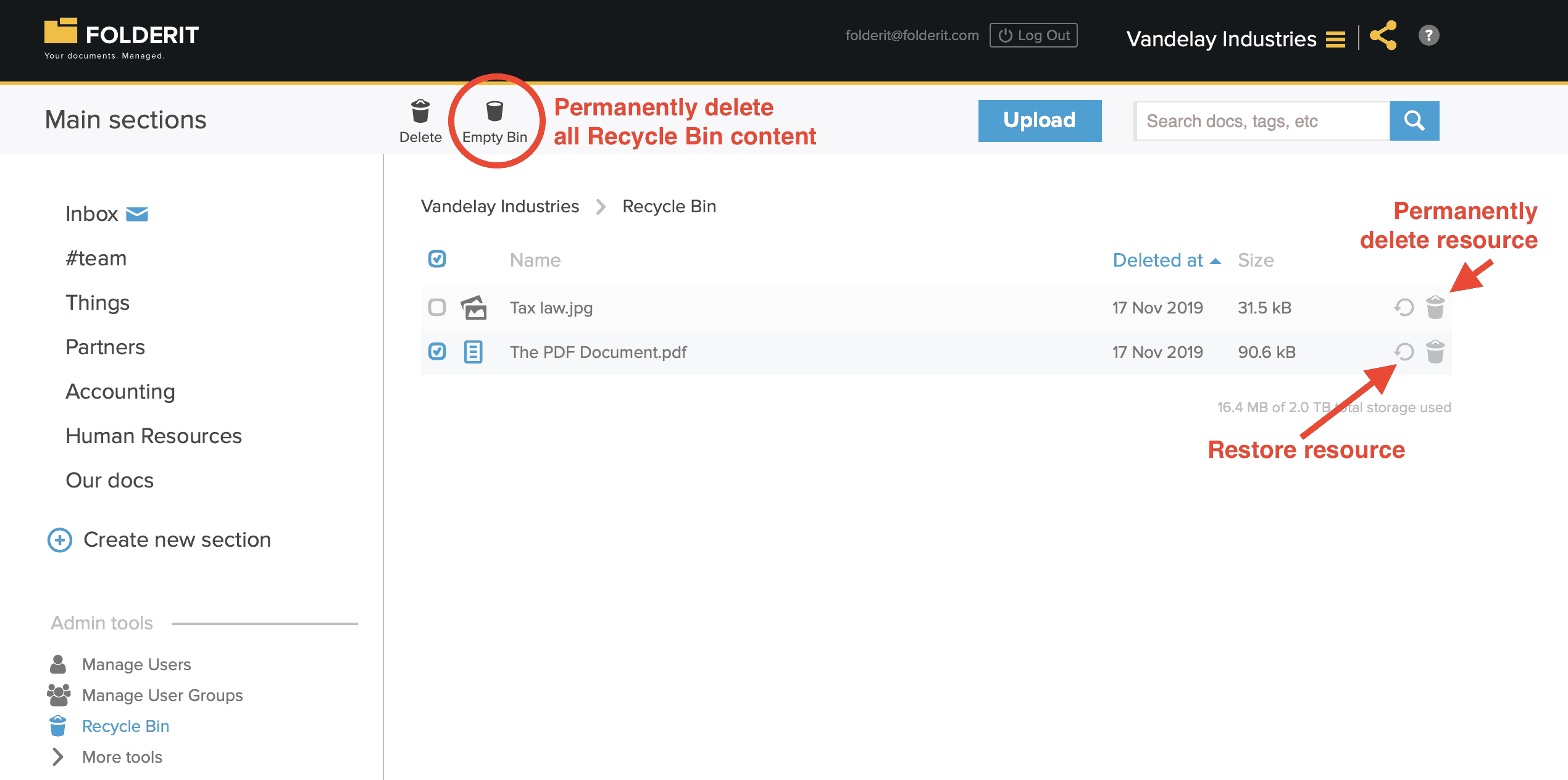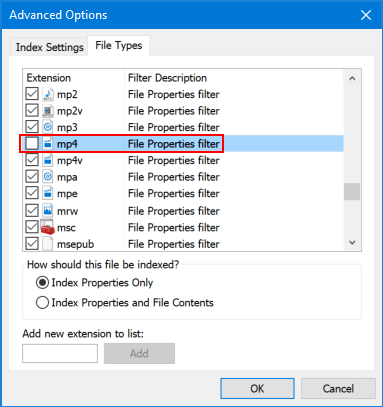
Use ErrorAction silentl圜ontinue to continue with finding files even without having errors.Ībove command, search for files and get a list of all files in a directory in PowerShell. In the above example, Get-ChildItem uses the Include parameter to find *.doc or *.docx files from the directory or its subdirectories using Recurse parameter. To get a list of all files in directory and subdirectory that matches PowerShell wildcard pattern *.doc,*.docx PS D:\Temp> Get-ChildItem -Include *.doc,*.docx -File -Recurse -ErrorAction Silentl圜ontinue
#Windows find file name from file index how to
PowerShell Tip: How to search string in files using PowerShell Grep! Get a list of all files in directory that matches a pattern To find all files in current and subdirectory that do not match PowerShell wildcard *.exe, we can do it using exclude parameter PS D:\Temp> Get-ChildItem -Exclude *.exe -RecurseĪbove command, get a list of all files exclude *.exe files in subdirectories using recurse parameter in PowerShell. PowerShell Tip: How to add a newline to string or variable? Search for files that do not match using exclude parameter PS C:\> Get-ChildItem -Path D:\ -Recurse -ErrorAction Silentl圜ontinue To continue with Recurse operation even in the case of error, using ErrorAction parameter with silentl圜ontinue continue its operation. Using recurse parameter will list all files that the user has access to, however, doing recurse operation, if the user doesn’t have access to any of the resource items, it will throw an error. To find and list all files stored on drive D:\ location, using PowerShell Get-ChildItem with Recurse parameter in PowerShell. PowerShell Find File Recursively using Recurse parameter It displays results items with Mode, LastWriteTime, and Length Name columns. To find and list all files stored on drive D:\ location, using Get-ChildItem is given below PS C:\> Get-ChildItem -Path D:\Ībove Get-ChildItem cmdlet takes D:\ as path and lists all the directory and files stored on location. txt PowerShell Find all files on the root of drive D:\ To find all files by extension in the current directory that matches wildcard pattern *.txt PS C:\Temp> Get-ChildItem *.txtĪbove command, find files in the current directory that matches extension. Let’s understand using PowerShell to find files by name, by extension, or find files recursively with different examples as given below.ĭo you know: Using IIS to get a list of websites in PowerShell! PowerShell Find files by extension in the current directory You can limit the Depth parameter to limit the number of levels to recurse. Using Recurse parameter to get items recursively from all the child containers. The Get-ChildItem cmdlet provides more flexibility for simple or advanced wildcards to find files by a search pattern. Using PowerShell Get-ChildItem cmdlet to show a list of files or directories in one or more locations. Using the FilenameUtils.12 Conclusion PowerShell find file using Get-ChildItem This is because Path can detect the current FileSystem it's running on: Path pathWin = Paths.get(PATH_WIN) ĪssertEquals(EXPECTED_FILENAME_WIN, pathWin.getFileName().toString()) 6.
#Windows find file name from file index windows
The same implementation works on a Windows system with PATH_WIN as the path string too. Therefore, we call the toString() method explicitly to convert it into a string. It's worth mentioning that Path.getFileName() returns a Path object. Next, let's create a Path instance from the given PATH_LINUX string and test the solution on Linux: Path pathLinux = Paths.get(PATH_LINUX) ĪssertEquals(EXPECTED_FILENAME_LINUX, pathLinux.getFileName().toString())


Unlike the File class, we can create a Path instance using the static Paths.get() method.

Once we have a Path object, we can get the filename by calling the Path.getFileName() method. Since Java 1.7, the newer java.nio libraries ship with the Path interface. File is a standard class from the java.io package.


 0 kommentar(er)
0 kommentar(er)
